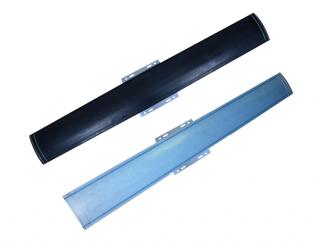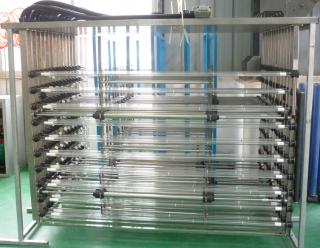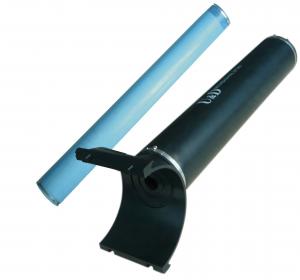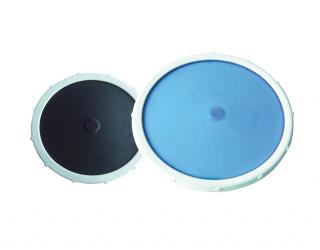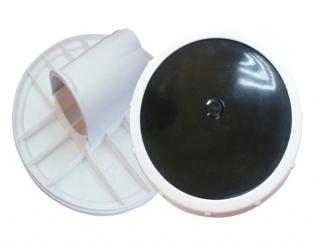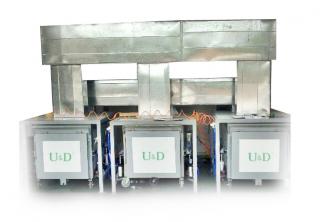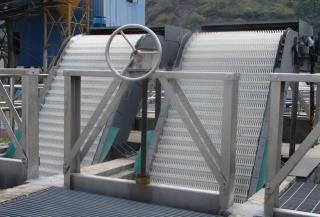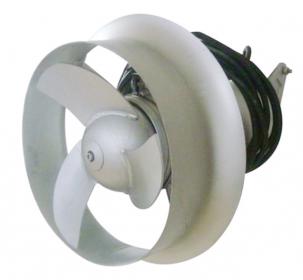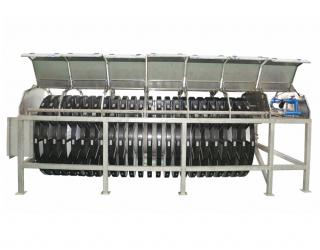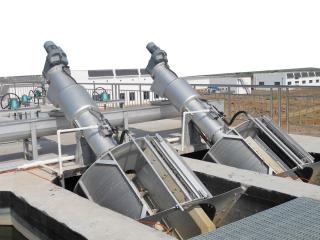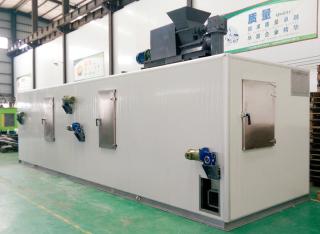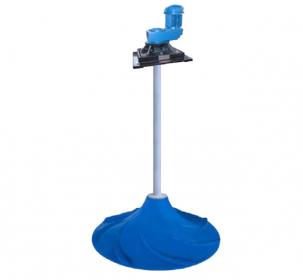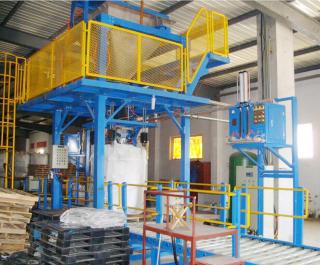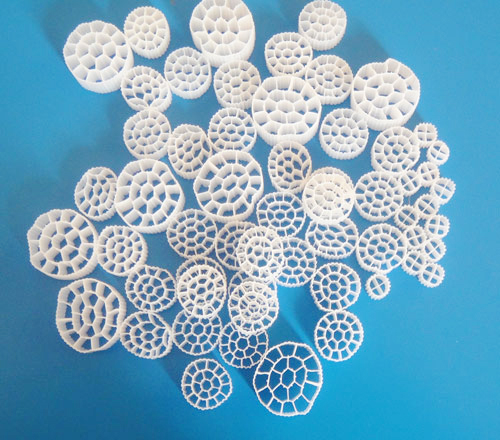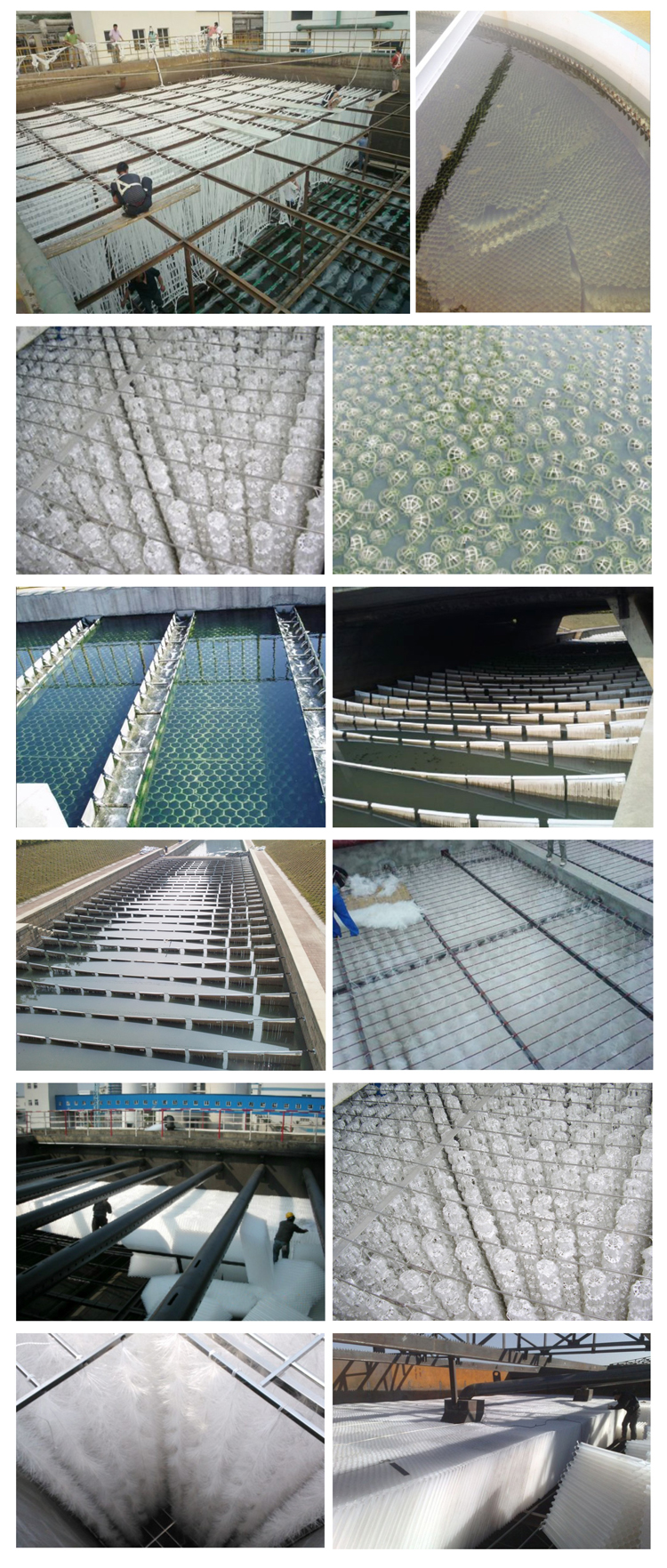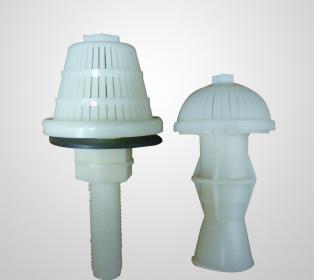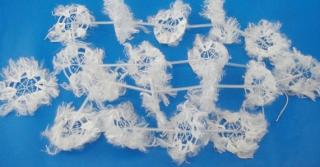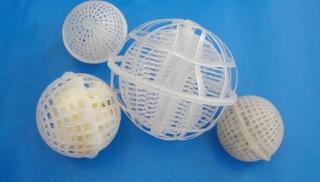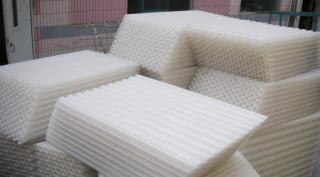- Product Overview
- Comments
- Project Case
In MBBR process, fluidized bed filler is the reactor’s core part. The filler, if selected appropriately, can ensure
efficient operation of the reactor; however, the inappropriately selected filler may result in the failure of the whole
treatment process. The fluidized bed bio-affinity filler in general satisfies the requirements below:
(1) Superb hydraulic characteristics
The hydraulic characteristics of the filler include specific surface area, porosity, structural shape, etc. The filler surface
is the place where bio-membrane is formed and fixed. A larger specific surface area is the primary condition for the
reactor to keep high concentration of biomass, and is also the primary factor for affecting the result of treating sewage
with the bio-membrane method. In general, a large specific surface area is favorable for sewage treatment; however,
the greater the specific surface area is, the more easily the reactor will be clogged, and more resistance the water
flowing inside the filler will face. The greater the filler’s porosity is, the more efficiently the space will be utilized and
the smaller flow resistance will be. In this way, the possibility of reactor clogging and short circuiting will be reduced.
Besides, the reduced use of filler will reduce the whole capital outlays accordingly. The higher the porosity is, the
smaller the specific surface area and mechanical strength will be. The structural form of the filler affects not only
specific surface area and porosity, but also water flow between fillers, thus influencing the mass transfer between
waste water and bio-membrane and the renewal of bio-membrane. The shape of the filler also affects hydraulic characteristics. The filler shape shall be selected on the
principles: 1) good protection on the immobilized microorganisms;2) good mass transfer; 3) reduction in energy
consumption of the reactor.
(2) Mechanical strength
In most of biological processes exist hydraulic shearing forces of various strengths, as well as the friction and
collision between fillers. The shearing force appears more obvious in MBBR. Therefore the bio-membrane filler must have the mechanical strength that accommodates the applied biological technologies. If the
bio-membrane filler itself doesn’t possess some mechanical strength, then varying degrees of damage will
inevitably occur in the filler’s operation. This will lead to irregular changes in biomass held within bio-membrane reactor and ultimately produce the changes in the quality of the water discharged.
(3) Stability
The filler must be of so good biological, chemical and thermodynamic stabilities, that the filler itself will not experience
biochemical reactions within the system. The bio-membrane will generate various metabolites in metabolic process. Of these metabolites, some will corrode the filler.
In actual application, the filler should be inert to the extent that it will not experience the bio-chemical reactions of
bio-membrane. The filler itself is non-biodegradable. It will show the greatest inertia against chemical reactions and
corrode the environment. Meantime, the bio-membrane filler should generate inertia against the changes in surrounding temperatures and will not be subject
to any reactions and deformations when temperature varies.
(4) Adhesion of bio-membrane
The adhesion of bio-membrane onto the filler depends upon the physical and mechanical characteristics of the filler
surface.
The first characteristics are porosity and roughness of filler surface. The surface roughness will determine whether
the bio-membrane can be quickly developed. The rougher the surface is, the faster membrane hanging will be. The
surface porosity will also affect the bio-membrane’s adhesion. The small pores can be strong in retaining
microorganisms. Only when 70% of the pores
on the filler’s surface have the diameters 1-5 times the size of the greatest microorganism in the reactor, can the
greatest bioaccumulation be gained.
The second characteristics are filler’s surface static and water affinity. In the pH value, the microorganisms generally
take negative charges. If the carrier’s surface takes positive charges, it will be favorable for biological immobilization.
In accordance with the free energy minimization principle of physical chemistry, water-affinity microorganisms are
likely to adhere to water-affinity filler’s surface. However, hydrophobic filler is favorable to the immobilization of
hydrophobic microorganisms
on the surface. The water affinity and hydrophobicity of the filler surface may be completed by modifying the filler
surface or realized by directly processing the filler’s raw materials.
(5) Moderate specific gravity
The specific gravity of the filler and the water ratio approach 1.MBBR technology requires the filler with bio-membrane to flow with water under the aerated conditions; therefore the specific gravity of the filler is required to
be close to the water ratio.









